Google Pixel 7 Pro review: Android's new flagship ace
The Google Pixel 7 Pro is every bit the flagship, yet sensibly priced, making it one of 2022's top Android phones



An ace Android phone that rivals the Samsung Galaxy S22 Ultra for phone of the year in my view, but for a cut of the price. There are some shortcomings in materials and camera feature implementations, but nothing that can't be forgiven. So if you're after incredible cameras and a design that stands apart from the competition, then the Google Pixel 7 Pro should feature high up your shopping list.
-
+
Distinctive design stands apart from the competition
-
+
Very fairly priced in context to other flagships
-
+
Super camera results and easy-to-use interface
-
+
Great software and battery life
-
-
Aluminium finish scuffs far too easily
-
-
Macro Focus should be more adept (and OIS would help)
-
-
Charging not the fastest, especially compared to the competition
Why you can trust T3
The Pixel 7 Pro's release has been building up for months – and I've been strapped in for the ride, eagerly anticipating this phone since its first teaser back in May at Google I/O. Especially one in the new Hazel finish, which, as you can see from my images, I've been lucky enough to bag.
Sure, there's been a yo-yoing in opinion as to whether Google's 2022 flagship would be more knock-out or knock-over, given its similarities to the previous Pixel 6 Pro, but I've been quickly impressed with the Pixel 7 Pro's design, cameras, and smooth performance.
Indeed, I think the Pro quickly establishes itself as being in the running for one of the best phones of the year, especially given its fair asking price. But does it strike pure Android phone perfection or do some of its features fall short? Here's my full Pixel 7 Pro review, based on a full working week of using the phone, to reveal all...
Google Pixel 7 Pro: Price and release date
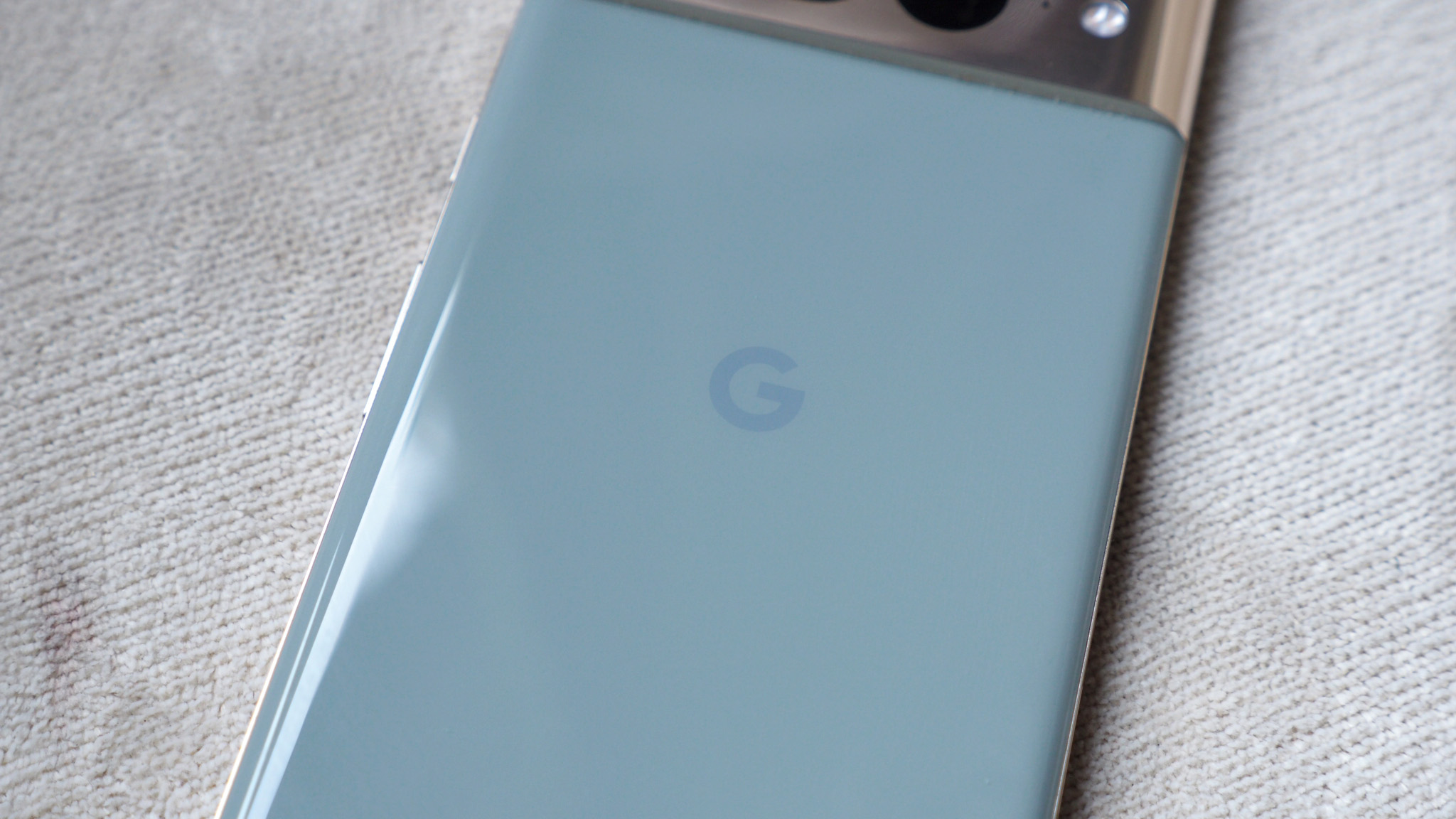
The Pixel 7 Pro is available now, with an official 13 October on-sale date. If you were lucky enough to pre-order since its 6 October reveal then hopefully you grabbed the great free Pixel Watch deal (for UK customers anyway), which is the best pre-order deal I've seen for years.
In terms of price, expect to pay £849/$899/AUD$1299 for the Pro (the smaller Pixel 7 is even less). Which, given the glut of flagship phones with four-figure asking prices, I think is pretty great value. That's the same price as an iPhone 14, which given the Apple phone's smaller scale and lesser feature set, sets the Google top-end flagship off to a strong start.
Google Pixel 7 Pro review: What's new?

If you're already invested in Google's Android phone ecosystem then you'll no doubt be looking at what sets the Pixel 7 Pro apart from the earlier Pixel 6 Pro. The changes aren't massive across the board, but there are some interesting new additions.
The most obvious is the new colour, Hazel, which joins Obsidian (black) and Snow (white) options.
Get all the latest news, reviews, deals and buying guides on gorgeous tech, home and active products from the T3 experts
All handsets have an updated aluminium single-piece design, the rear 'bar' of which holds the also-slightly-upgraded cameras (adding a 5x zoom, autofocus to the wide-angle, and a new Macro Focus feature).
All Pixel 7 models also bring the latest Google Tensor G2 chipset, add Face Unlock (facial recognition using the front camera), and bump the charging speed to 30W (no plug is included in the box though).
Google Pixel 7 Pro review: Design & Display
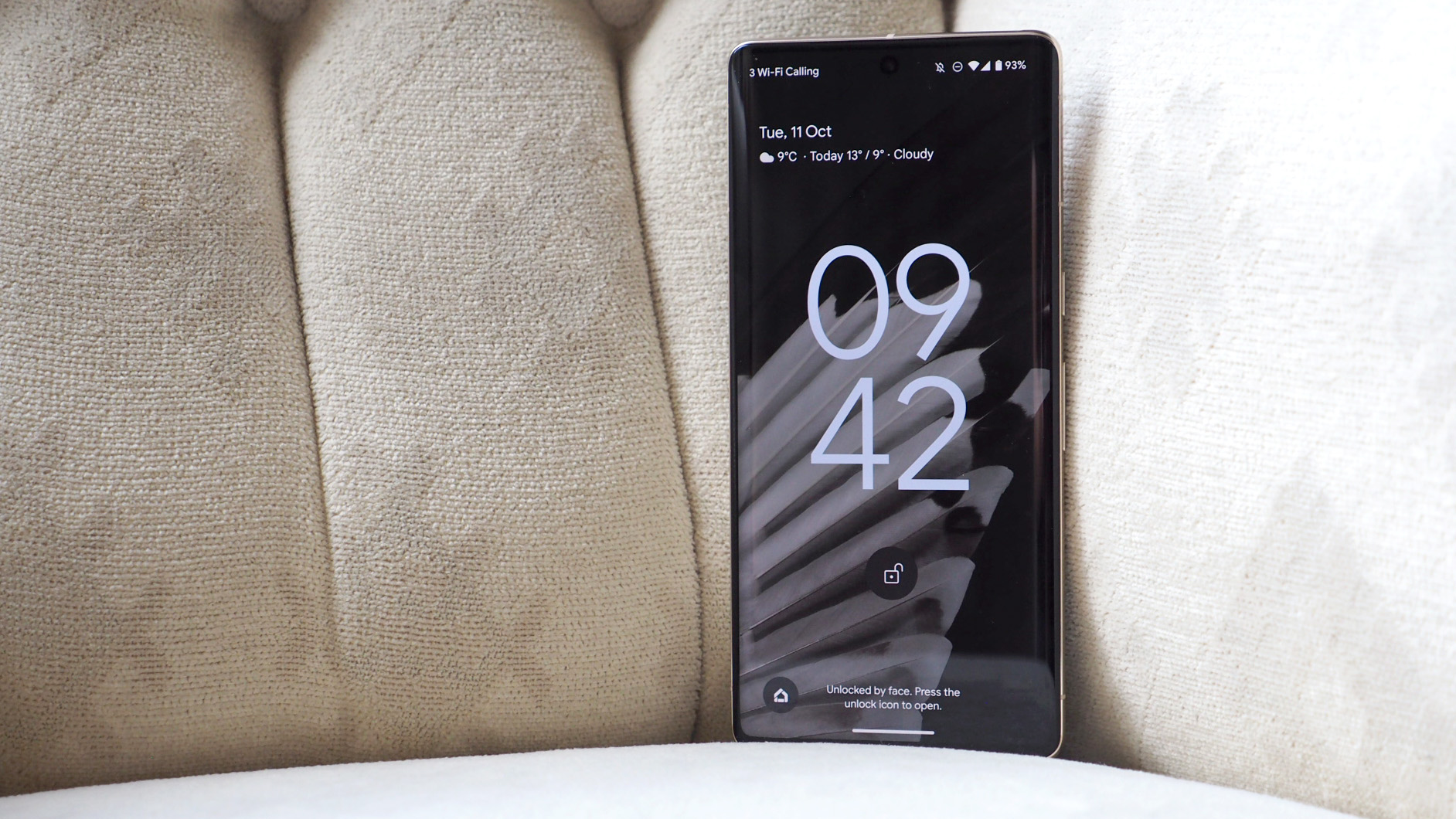
When I first pulled the Hazel-finish Pixel 7 Pro out of the box it was a bit of a wow moment. No, the look isn't going to be for everyone, but I think this new colourway is rather fetching. Ok, so the more rose-gold-like edging isn't what I'd necessarily opt to have, but that's how this handset comes and there's no changing that. There's always the black or white models to choose instead.
However, the first issue that the Pixel 7 Pro presents is the finish of that aluminium. Buffed, polished and shiny as it looks when brand new, it doesn't take long at all for it to get scuffed and scratched. My handset already has little marks and lines, presumably resultant from pulling it in and out of a jeans pocket. You'll need to be ultra careful to keep this handset looking pristine, that's for sure.
In terms of physical size and scale, the Pixel 7 Pro's 6.7-inch screen gives it the dimensions typical of a flagship phone these days. Every edge has the gentlest of curves, though, so it doesn't feel like a behemoth in the hand, and while that rear camera 'bar' does protrude by a notable amount, it doesn't get in the way of how you hold the device, nor will it cause irksome 'desk wobble' when placing the phone down flat on its back.
The screen has a lovely display, delivering on all the key wants and needs: its inky dark yet has punchy colours thanks to being an AMOLED panel; it's suitably bright (25 per cent more than its Pixel 6 Pro predecessor) to cut through sunlight and deliver ultra-bright visual goodness; it's silky smooth with animations thanks to a 120Hz refresh rate; the Face Unlock feature, which illuminates the front punch-hole camera, doesn't interfere to excess; and resolution is spot on, at 1440 x 3120 pixels, delivering ample sharpness without affecting battery life to excess.
Google Pixel 7 Pro review: Performance & Battery
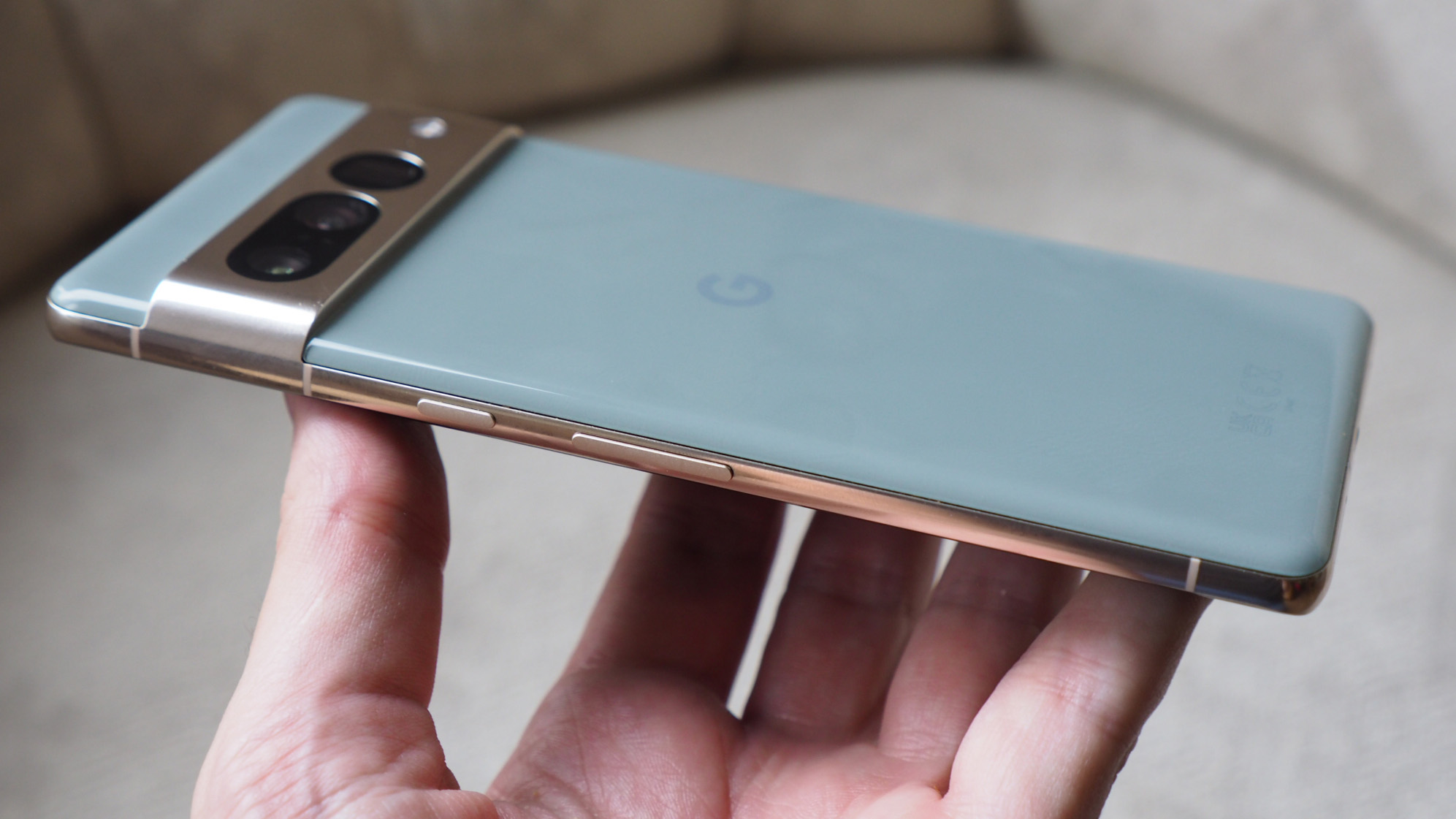
In recent years the smartphone world has become increasingly split in terms of hardware, with MediaTek and Qualcomm fighting for space to get their chips into as many handsets as possible. In addition, manufacturers are also taking things in-house, from Apple to Samsung and, indeed, Google.
The Pixel 6 series debuted Google's Tensor platform, which also featured in the Pixel 6A interim mid-ranger, and now it's over to the Pixel 7 and 7 Pro to present the new Google champion: Tensor G2. Although I can't see into the future, the hope is that this newer chipset will skirt around some of the delayed software update issues that hit the earlier handsets.
My experience on Tensor G2 has been great too: the Pixel 7 Pro acts every bit the 'pro' handset, never flinching when it comes to multiple tasks, never stalling when it comes to software operation. It's one of the most fluid Android experiences I've had in many months, outshining the Motorola Edge 30 Ultra, for example, in this department. But you'd hope so, right, given that Google basically is Android.
Sometimes you can see Tensor G2 'working' away, like with Night Sight photography, where it'll take around two seconds to apply its processing to an image. But even when pressuring the system in taking multiple shots, then moving onto a gaming session, I've not found the Pixel 7 Pro to overheat or really get hot whatsoever (why, then, the Pixel Stand needs a fan I still have no idea – that product caused me sleepless nights).

The battery, a 5,000mAh cell, is a decent capacity and it really delivers strong in terms of longevity. Like with competitive Samsung devices, I find Google takes a little bit of time to learn usage patterns, so if you don't get great battery life on day one or two of firing up your new phone, don't worry about that remaining a constant.
From day three onwards I've been getting 16 hours of use and still go to bed with 40 per cent remaining. That's with a couple of hours playing South Park Phone Destroyer, 45 minutes of Strava live-tracking, two-and-a-half hours of Chrome browsing, and more besides. You could easily do yet more and have no battery bother.
However, the second issue after the aluminium scuffing irk, is that the Pixel 7 Pro's charging is only 30W. To me that feels especially slow as I've just moved out from the Motorola Edge 30 Ultra's 120W fast-charging. Google should be showing off here, delivering faster, but also including a charger to get the most out of the device. There's also wireless charging, at 23W maximum, should that be your preference.
Google Pixel 7 Pro review: Cameras
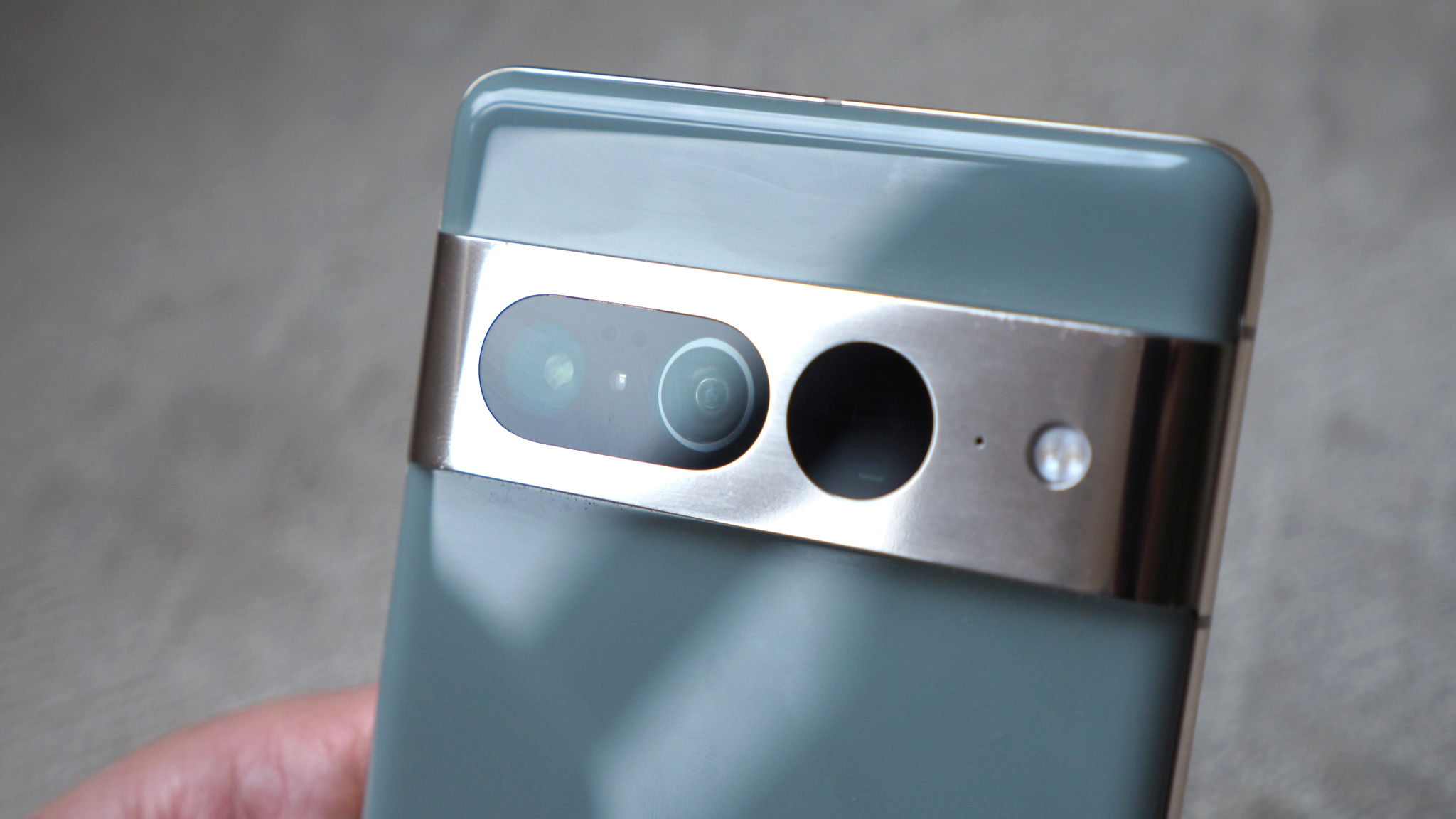
And so on to the part of the Pixel 7 Pro that I think is the most exciting: its cameras. Google has spent a lot of time pushing its computational photography features, from Magic Eraser to Face Unblur, but those aren't new to this series. The addition of Photo Unblur is a nicety, but given how adept this Pixel is at taking pictures I'm hoping you won't really ever need to use it.
The camera 'bar' on the back of the Pixel 7 Pro houses a trio of optics: a 50-megapixel main, with f/1.9 aperture and optical stabilisation (OIS); a 12MP wide-angle, which is now has an even wider view, at 125-degrees, and adds auto-focus to enable Macro Focus; and a 48MP 5x optical zoom, which also features OIS.
There are no pointless camera add-ons to be seen here, as Google isn't playing a numbers game. Indeed, there's no interim zoom camera either, so when you're shooting, say 2x or 3x, rather than the true optical 5x, the system will use a combination of multiple cameras, pixel binning, and software to produce an optimum shot at 12.5MP output. You can see my 5x zoom gallery of images below:



Having multiple cameras is a great thing, but one thing I do think Google needs to address is the 'jumping' between the lenses – at present it's just a little bit too clunky, the viewfinder shifting its position (inevitable given the differing cameras' positions in the arrangement). That happens when swapping to wide-angle for Macro Focus, or zooming beyond a given point when 5x zoom switches to the actual optical zoom lens.
The same is similar for Macro Focus: this Pro-only feature (the standard Pixel 7 doesn't get it) is thanks to the autofocus that's been added to the wide-angle lens. It automatically kicks into play, but that will 'jump' the viewfinder position away from your original framing. There's also too little feedback as to whether focus has been properly achieved; a zebra stripes highlighting could really help here, as you're left to guess whether the 3cm-from-lens close-up is within range or not.
I also find that optical stabilisation is sorely missed for Macro Focus. No, OIS is not something you'll ever really find on a wide-angle lens, but for the close-up mode your pronounced movements really show in framing. I've managed to get a batch of macro shots that work, shown in the gallery below, but there are improvements to be made here – something that Google can hopefully do via software update.





Of the lot, however, it's really the main lens that delivers the most. In terms of point-and-shoot simplicity, this camera is immediately useful, fast to focus, can stick focus/exposure to your desired location even when making framing adjustments, while on-screen sliders for exposure and colour balance remove any need for in-depth 'pro' mode deep-diving. It just all works really well.
This has been a Google Pixel camera strength for a long time: the ability to take great shots effortlessly. I've been shooting pups in portrait mode, long-exposure Night Sight when the sun's gone down, even tracking aircraft flying overhead and being able to maintain focus. Colours look natural, high dynamic range isn't overstretched and looks natural. The Pixel 7 Pro's camera reach is broad and capable, making it one of the best on the market.


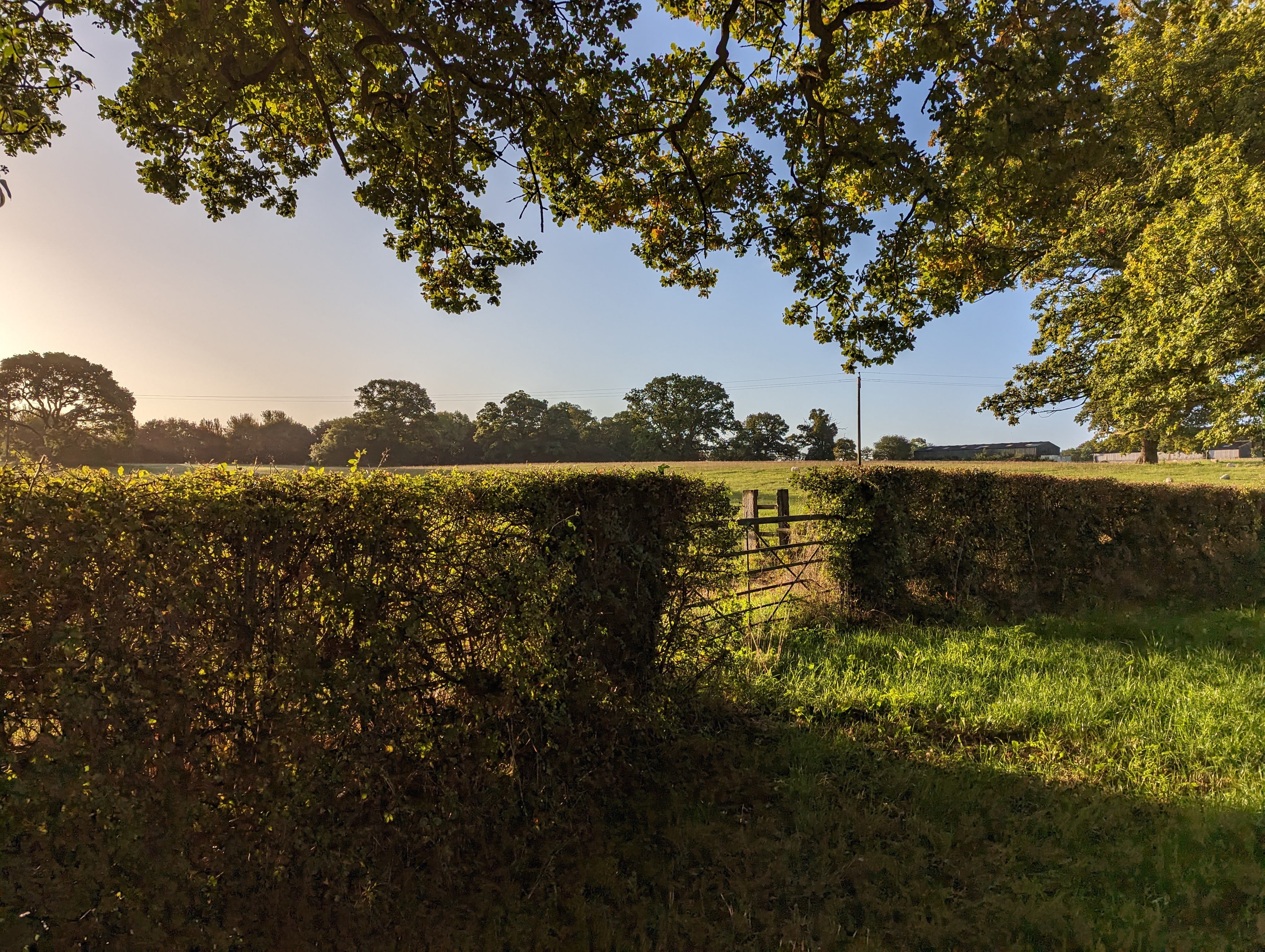

Even the wide-angle lens, while lower in resolution, is a capable snapper. Be a little cautious of stray fingers getting caught in the frame, as is possible with any phone, but that's because it's now even wider-angle than in previous Pixel devices.
In short: the Pixel 7 Pro presents one of the best cameras you'll find in an Android phone. It'll rival the Samsung Galaxy S22 Ultra in this regard, but for a cut of the price. And it's got lots of fun photo features under its belt too, which whether you use them on the regular or not, further give Google its computational photography edge over the competition.
Google Pixel 7 Pro review: Verdict

I gave it away up top: I've been avidly awaiting the new Google flagship phone and, thankfully, the Pixel 7 Pro was well worth the wait. It really doesn't disappoint and I'll be proudly using this as my Android phone of the moment until something better comes along – which I don't think will happen any time soon, really.
Sure, I know the latest hardware isn't dramatically different to the Pixel 6 Pro that came before, and if you can find a bargain last-gen deal then that could be a way to go for you. Oh, and the latest handset's scuffable aluminium finish, while perhaps inevitable, is an annoyance. Otherwise there's little to hold this Google champion back.
So if you're after incredible cameras and a design that stands apart from the competition, all without compromising the software experience or battery life, then the Google Pixel 7 Pro should feature high up your wishlist.
This is an ace Android phone that rivals the Samsung Galaxy S22 Ultra for phone of the year in my view. But it does so at a cut of the price – which, in today's environment in particular, will only make Google's flagship even more appealing to even more people.
Also consider
Want much of this Google goodness but in a smaller package and can forego the zoom lens? Take a look at the Pixel 7 instead. Or, if you're not into Android, then Apple's iPhone 14 is worth a shout too.
Otherwise, if you want a similar degree of camera capability, in a large-screen package, then the Samsung Galaxy S22 Ultra is the obvious go-to competitor, which as it's a bit older is now available for under a grand. It adds a built-in stylus, called S Pen, which makes this phone an organisational dream machine.

Mike is T3's Tech Editor. He's been writing about consumer technology for 15 years and his beat covers phones – of which he's seen hundreds of handsets over the years – laptops, gaming, TV & audio, and more. There's little consumer tech he's not had a hand at trying, and with extensive commissioning and editing experience, he knows the industry inside out. As the former Reviews Editor at Pocket-lint for 10 years where he furthered his knowledge and expertise, whilst writing about literally thousands of products, he's also provided work for publications such as Wired, The Guardian, Metro, and more.
